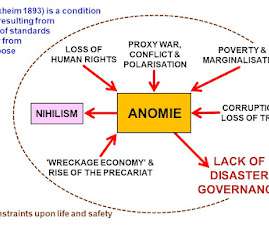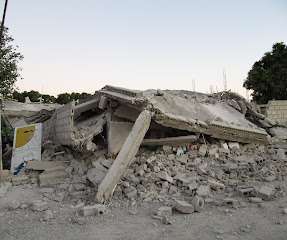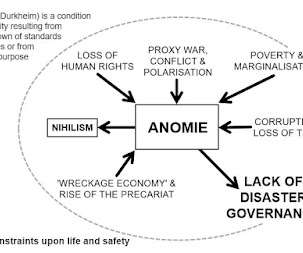Resilience is an illusion
Emergency Planning
MAY 14, 2024
This is not to denigrate the work of resilience managers, as there is obviously much to be done to reduce the risk and impact of adverse events. Put bluntly, in disaster risk reduction, these days the goalposts are moving faster than the players. Resilience and disaster risk reduction: an etymological journey.

















Let's personalize your content